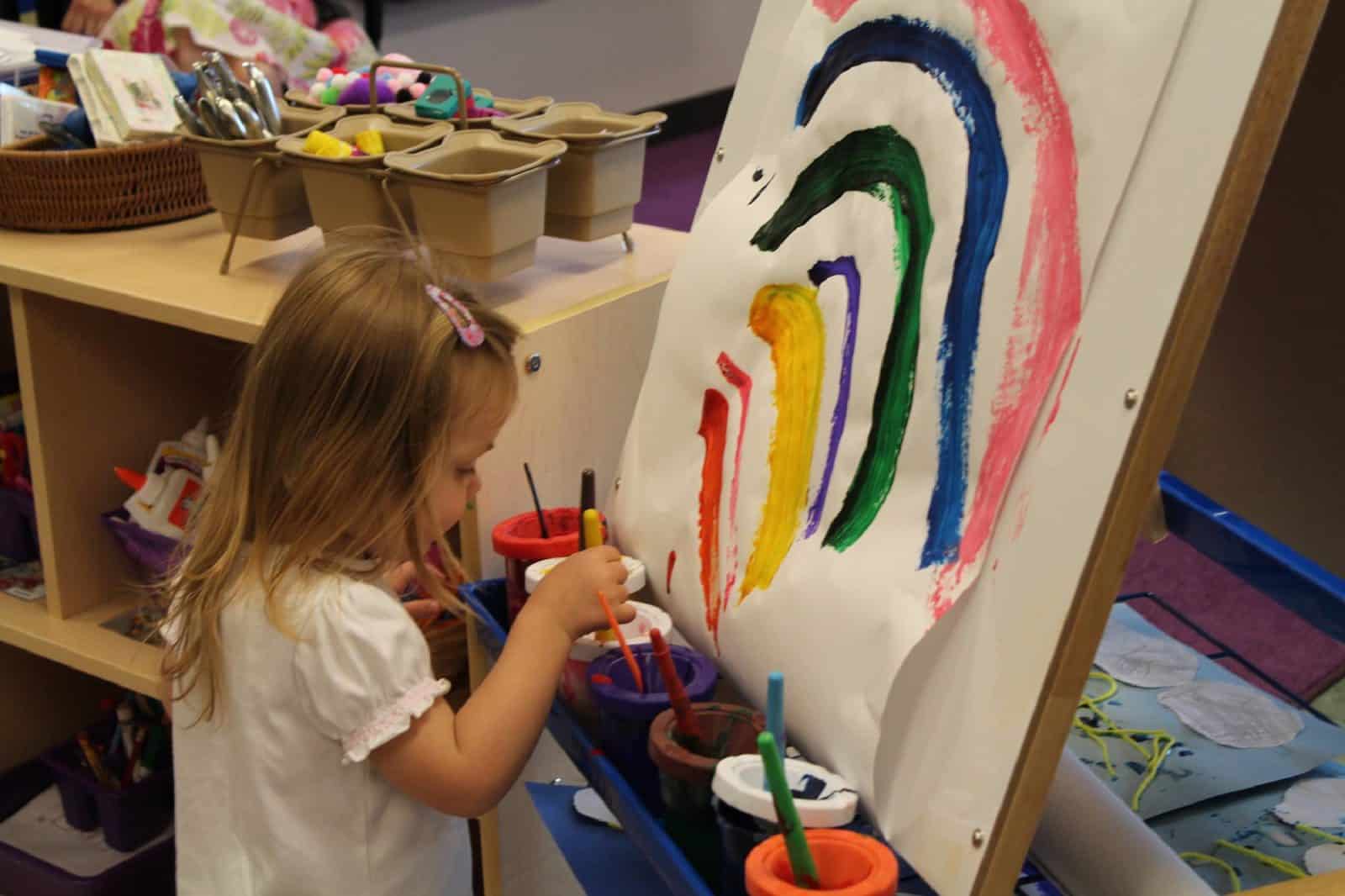Think back to the days of your childhood. What are you reminded of? Are you reflecting on times of messy play and skinned knees? These are important memories and developmental activities in preschool. So how does a Nanny or Sitter help create engaging early childhood experiences that leave a lasting impression? These five steps will help you plan successful preschool activities:
1. Learn the child’s interests
In order for an activity to be successful, the child must be interested and engaged. Consider the child’s interests. Does the child enjoy dramatic play? Have you observed the child engaged in manipulative play such as puzzles or sorting games? Does the child engage in building with blocks or other items? Is the child always asking you to read to them? Do messy art activities keep them engaged? Is the child always asking questions about the way things work? Does the child enjoy playing with items with lots of texture or things that can be manipulated?
By understanding the child’s likes and dislikes, an activity can be created that engages their interests and incorporates areas of development or improvement specific to the individual child’s needs.
2. Consider areas of development
The areas of development include social and emotional development, physical development, language development, and cognitive development. In order to create an effective preschool activity, a child’s individual development needs to be nurtured. Where is the child at developmentally? What skills need to be practiced? This will help to determine your activity.
3. Decide if child-directed or adult-directed
A child-directed or child-centered activity is led by the child where the child engages in play with the materials or others in any way the child wishes. Alternatively, an adult-directed activity is when the adult has the say-so in the direction of the activity or how the materials for the activity will be used.
There are benefits to both child-directed and adult-directed activities. Child-directed activities enhance self-control, strengthen self-regulation skills, increase self-confidence, and improve attention span to name a few. Adult-directed activities emphasize academic concepts, specify objectives and have clear goals and expectations.
4. Get supplies needed
Does the activity require specific supplies or materials? If you do not have the exact supplies needed, can those materials be substituted for something that is readily available? Keep in mind that an activity can be planned around the materials you have readily available to you.
5. Have fun
As you set up the activity, be excited so your positive energy can be inviting to the child. If adult-directed, remember to explain and demonstrate the activity so the child knows how to play.
There are a lot of preschool activities to choose from and here are a few ideas. For children who enjoy crafts, cut out small circles and squares in a variety of colors using construction paper. Then, have the child place the circles and squares in patterns using the letters of the alphabet. This will teach the child about colors, shapes, patterns, and create a foundational understanding of letters. You can alternate between adult and child-directed so the child does one letter, and then does a design of their own.
For children who enjoy throwing balls, you can create an indoor snowball game. Using white paper, have the child crinkle the paper into ‘snowballs’. Then, set up baskets throughout the room and practice getting points by throwing the snowball into the baskets. You can make the game more challenging with a blindfold or by standing on one leg. This game will help with gross motor skills, coordination, and balance.
For children interested in discovering new things, you can create a mystery bag. From the toy chest or the dollar store, get about 20 items and place them in a paper bag or tote bag. Have the child pull out a toy, name it and then sort it by color, size, or shape. This game will be fun as they ‘discover’ the toys while learning colors, sorting, and practice speaking.
To learn more, a PreSchool course is available with enrollment in the Intermediate Nanny program at USNannyInstitute.com.
About the Author. Jena Paulo has a Master of Science in Education from California State University and a Bachelor of Art in Human Development from California State University. Jena is a Head Preschool teacher, Preschool Director, Online and an adjunct faculty member of the Nanny Institute.


Recent Comments